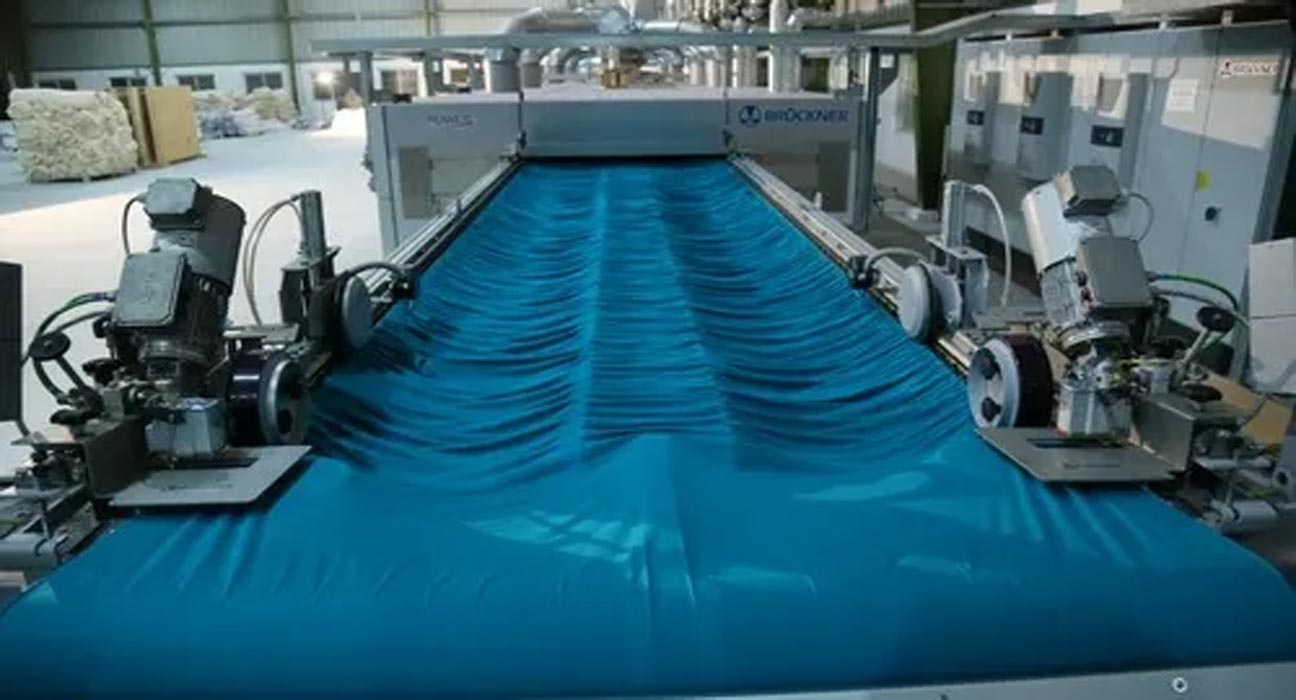Finishing in Textile | Textile finishing refers to the processes that convert the woven or knitted cloth into a usable material and more specifically to any process performed after dyeing the yarn or fabric to improve the look, performance, or “hand” (feel) of the finish textile or clothing. The precise meaning depends on the context.
Textile Finishing
Textile Finishing is a process used in the manufacturing of fiber, fabric, or clothing. In order to impart the required functional properties to the fiber or fabric; it is customary to subject the material to different types of physical and chemical treatments.
Methods Of Textile Finishing
But how is the textile finishing done? Let’s look at a few common textile finishing methods.
Chemical Finishing Methods
Chemical finishing methods include bleaching and mercerizing. Bleaching is a process of whitening textiles through a chemical process that involves oxidation. Textiles may be bleached to remove unappealing natural color or variations in surface color; or as a step in preparation for dyeing. Mercerizing adds strength and luster to cotton textiles by submitting them to an alkali solution. This process also allows them to better soak up dyes.
Mechanical Finishing Methods
Mechanical textile finishing methods include napping and shearing processes that create a soft surface much like velvet. They also make textiles warmer for the wearer. Think of your favorite fleece jacket or blanket. During this kind of treatment; the textile is subjected to rollers covered with many very short wires that raise the fibers from the surface.
Finishing in Textile
Standard of Finishes
Quality-oriented
- Calendering
- Decatising
- Desizing for woven fabrics.
- Pressing
- Scouring with detergents, alkaline solutions, or enzymes removes foreign matter.
- Shrinking, Sanforization
- Shearing or singeing smooths the fabric by removing the fine protruding fibers on the surface of the fabric. Flame singeing is the standard process; the wet fabric is passed through an array of gas burners at a suitable distance to burn the pills off of its surface.
Design-oriented
- Bleaching of woven fabrics removes any prior color in order to obtain a uniform color during the dying process.
- Dyeing adds color.
- Printing adds color and pattern.
- Watering adds moiré patterns.
Handle-oriented
- Fulling or waulking adds weight and density.
- Hydrophobic finishing with a durable water repellent produces a fabric that repels stains or water.
- Weighting silk with metallic salts or polymer adds weight and improves handle.
Some Textile Finishing Machine
– Film coating finishing machine
– Blade type finishing machine
– HMI Stenter textile machine.
– Good Insulation textile finishing machine.
References:
- https://textileapex.blogspot
- https://textilelearner.blogspot
- https://en.wikipedia.org
You May Also Read:




